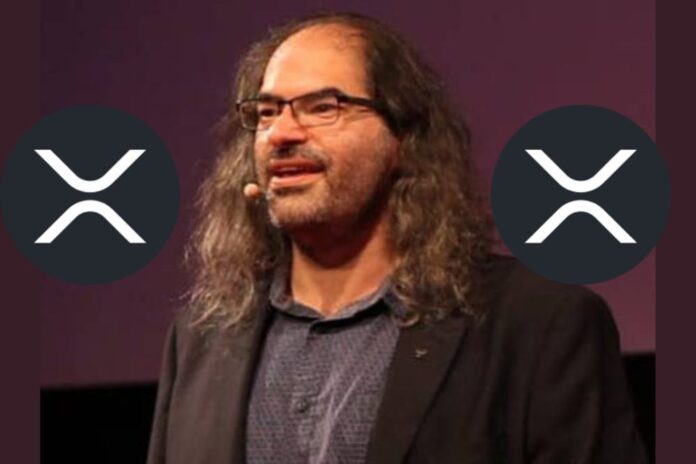Panos Mekras, co-founder of Anodos Finance, recently shared an archived 2013 interview with David Schwartz, Chief Cryptographer at Ripple, calling it one of the most inspiring discussions about the XRP Ledger (XRPL).
In his tweet, Mekras reflected on the early vision for XRPL, particularly its potential to reshape financial transactions and reduce government control over monetary systems. The interview provides historical insight into Schwartz’s perspective on financial decentralization and the technological advancements introduced by XRPL.
This interview by @JoelKatz from 2013 is really one of the most inspiring I have seen about XRPL. The OG vision was so amazing.
"For the first time, individuals, exchanges, payment systems, and merchants can be directly interconnected. That’s a major shift in the status quo."… pic.twitter.com/iI5vgzBlyp
— Panos 🔼{X}🇬🇷 (@panosmek) March 24, 2025
Interconnecting Financial Systems
In the interview, Schwartz described XRPL as a financial system that, for the first time, allowed individuals, exchanges, payment systems, and merchants to be directly interconnected.
He explained that traditional payment systems operated in isolated silos, similar to how email functioned in its early days when users on different providers faced difficulties in communicating across platforms.
Schwartz noted that XRPL was designed to solve this fragmentation by enabling seamless interactions between different financial entities, allowing payments to function more efficiently across borders and currencies.
This vision represented a fundamental shift in financial infrastructure. At the time, payment systems were often controlled by banks and centralized intermediaries, limiting accessibility and interoperability.
Schwartz emphasized that XRPL’s approach could reduce dependence on these intermediaries by offering a decentralized solution where transactions could be settled efficiently and transparently without third-party oversight.
XRPL’s Role in Financial Freedom
Another key point highlighted by Schwartz in the interview was XRPL’s potential to make it more difficult for repressive governments to use financial systems as tools of control.
He compared XRPL’s impact to that of the Internet, which made it nearly impossible for authoritarian regimes to prevent access to external media and online discussions. According to Schwartz, XRPL could similarly prevent governments from enforcing the use of national currencies that they could manipulate or devalue.
We are on twitter, follow us to connect with us :- @TimesTabloid1
— TimesTabloid (@TimesTabloid1) July 15, 2023
Mekras emphasized this aspect of the interview in his tweet, noting that XRPL was originally referred to as Ripple, Ripple Protocol, or Ripple Network before the company Ripple Labs was known by its current name. He clarified that in the early days, Ripple Labs was called OpenCoin Inc., a detail that provides historical context for Schwartz’s statements.
The Ongoing Relevance of XRPL’s Original Vision
The 2013 interview underscores XRPL’s initial goal of fostering a more open and decentralized financial ecosystem. Schwartz’s perspective on financial autonomy remains relevant today, as debates around digital assets, monetary policy, and government intervention continue.
By revisiting these foundational ideas, Mekras highlighted how XRPL was designed to provide an alternative to traditional banking systems, allowing for a more inclusive and censorship-resistant financial infrastructure.
Mekras’s post is a reminder of XRPL’s long-term mission. As Schwartz articulated, the early vision focused on financial accessibility, efficiency, and resistance to centralized control. As blockchain technology evolves, XRPL helps shape the future of digital transactions, reflecting the principles set out more than a decade ago.
Disclaimer: This content is meant to inform and should not be considered financial advice. The views expressed in this article may include the author’s personal opinions and do not represent Times Tabloid’s opinion. Readers are urged to do in-depth research before making any investment decisions. Any action taken by the reader is strictly at their own risk. Times Tabloid is not responsible for any financial losses.
Follow us on X, Facebook, Telegram, and Google News


